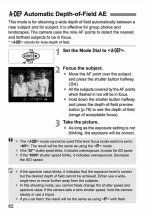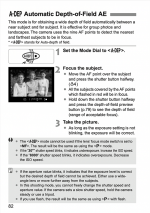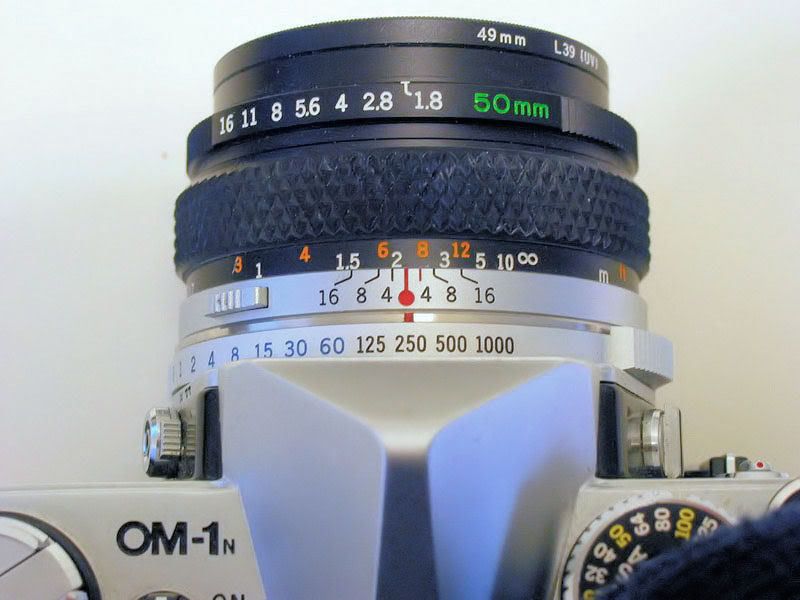- Messages
- 1
- Edit My Images
- Yes
TL;DR
Is there a camera that can automatically choose the optimal aperture? To avoid having to estimate the depth of field while shooting?
“Challenge”
Setting the correct exposure that matches the scene and prioritizing clean/sharp photos for family photoshoot where subject(s) can be non-static.
Gear & Approach
Too wide aperture causing out of focus subject(s) or too narrow aperture causing too noisy photos (higher ISO).
Unlike shutter-speed, where it is easy and fast to choose the correct one, aperture mandates complex DoF formulas and has no ideal rule of thumb.
Desired Camera
Cameras can be expected to be sophisticated enough to get a single input – focus area.
Then it calculates the rest based not just on lighting but DoF (and as a bonus, subject “static-ness”)
I would imagine every photographer does these strictly mechanical calculations and estimations before every shot. Seems like technology is there to make life easier.
I hope I understand aperture, shutter speed and program modes correctly and did not miss that the described issue can be resolved by any of the existing modes.
Is there a camera that can automatically choose the optimal aperture? To avoid having to estimate the depth of field while shooting?
“Challenge”
Setting the correct exposure that matches the scene and prioritizing clean/sharp photos for family photoshoot where subject(s) can be non-static.
Gear & Approach
- Sony A7R3
- Aperture mode
- ISO AUTO Min. SS is set to at least a double than the lens focal length
- Auto ISO
Too wide aperture causing out of focus subject(s) or too narrow aperture causing too noisy photos (higher ISO).
Unlike shutter-speed, where it is easy and fast to choose the correct one, aperture mandates complex DoF formulas and has no ideal rule of thumb.
Desired Camera
Cameras can be expected to be sophisticated enough to get a single input – focus area.
Then it calculates the rest based not just on lighting but DoF (and as a bonus, subject “static-ness”)
I would imagine every photographer does these strictly mechanical calculations and estimations before every shot. Seems like technology is there to make life easier.
- Automatic and prioritizing low ISO.
- Prioritize slowest shutter speed to avoid blurriness
- Choose widest aperture based on chosen focus area and DoF
I hope I understand aperture, shutter speed and program modes correctly and did not miss that the described issue can be resolved by any of the existing modes.




